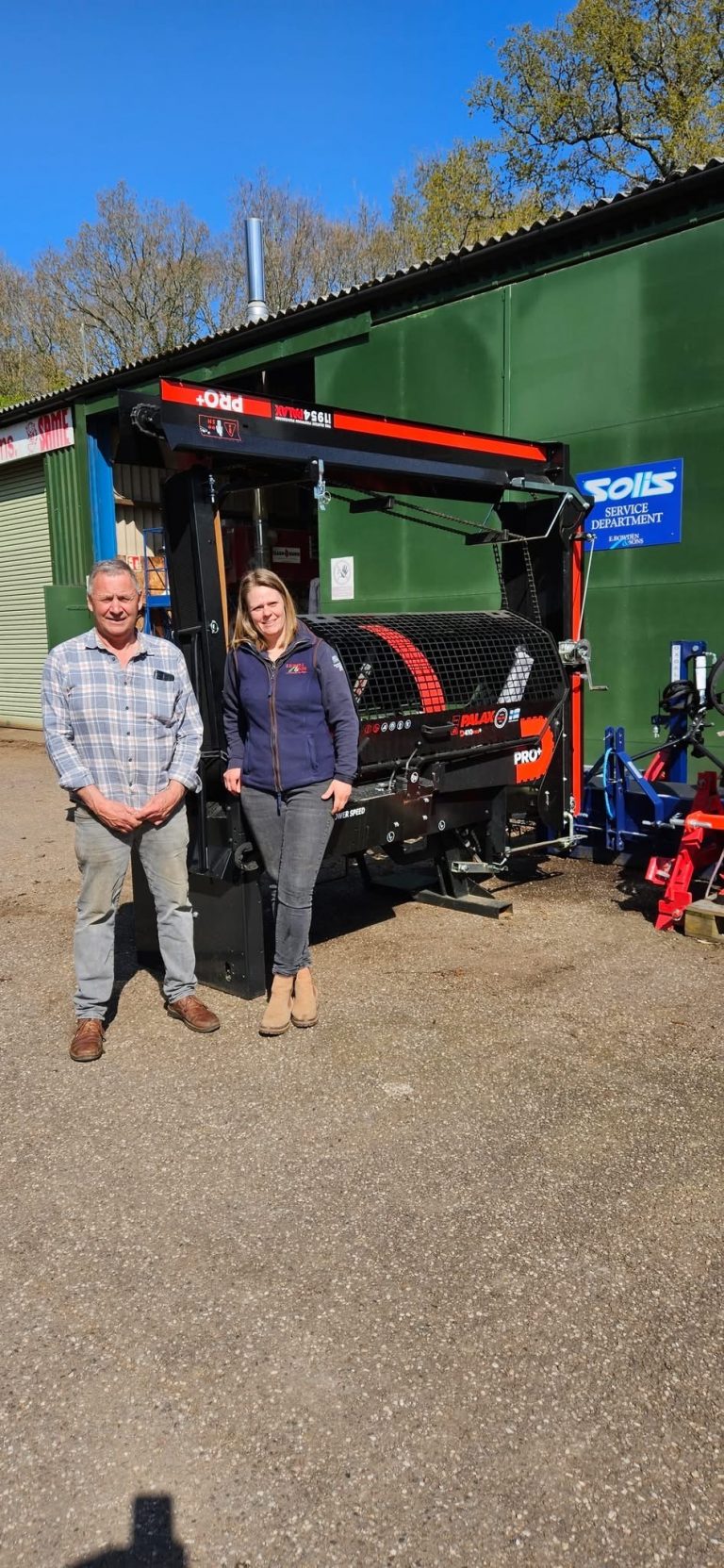Circular Saw Firewood Processors: Pros and Cons
Circular Saw Firewood Processors. When choosing a circular saw firewood processor, many people assume that models with a circular saw blade are more efficient and require less maintenance. It’s true that circular saws typically have longer intervals between sharpening and don’t need chain oil for upkeep. However, replacing or sharpening a circular saw blade is generally slower and more expensive compared to machines that use a chainsaw.
A circular saw blade cuts efficiently when it’s sharp. But once it becomes dull, it can cause the firewood to shift out of position, forcing the operator to readjust the log—slowing down the process.
Some circular saw firewood processors use TCT (tungsten carbide tipped) blades instead of standard steel blades. These blades can last 10–20 times longer, but they will still become dull eventually.
One clear advantage of circular saws is that the sawdust they produce contains no oil, which is better for cleanliness and storage. It might also seem like circular saws create less sawdust than chainsaws, but this isn’t actually the case. Both saw types have similar blade widths. The difference lies in the texture—sawdust from a circular saw is denser and more compact, while chainsaw sawdust is fluffier and appears to take up more space.
Safety of Modern Circular Saw Processors
Some still believe circular saws are dangerous, but this is largely a misconception. Modern circular saw firewood processors are built to comply with EU safety standards and are generally safe to operate. That said, because the circular saw blade spins continuously, these machines require more robust safety guards. For safety reasons, these guards usually can’t be opened while the machine is running.
By contrast, firewood processors with chainsaws are often easier to stop completely. The chain and other moving parts can be halted quickly, allowing the user to open a single large guard safely and easily.
Practical Considerations and Costs
One of the more significant drawbacks of circular saw processors is their need for space. High-speed spinning blades require more clearance and sturdier frames, which makes the machines larger and more expensive to manufacture than similarly sized chainsaw processors.
In smaller models, the operator pushes the wood toward the circular blade. In larger machines, the blade moves towards the log. Both setups increase space requirements and need a powerful, often complex, drive system to rotate the blade.
For example, a circular saw blade with a diameter of 700 mm (27.5″) can only cut logs up to about 280 mm (11″) in diameter. To do this, the blade and drive system must move significantly more than the cutting diameter, further adding to the size, weight, and cost of the machine.

More Circular saw Firewood Processors







